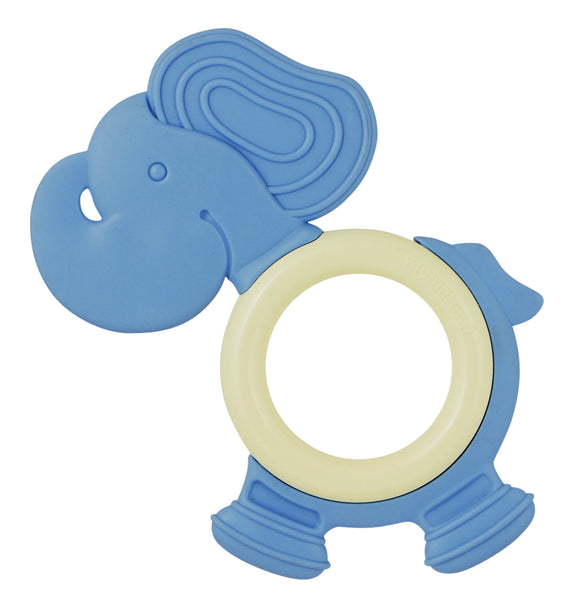What To Do About Teething?
- Editors of FitBump
- Aug 27 2013
- 0 comments

Just when you think you’re starting to get the hang of being a new mom, you notice a couple pearly whites peaking out of your little one’s lower jaw. If you are lucky, this will mean nothing more than a lot of drool and a trip to the drugstore to pick up an infant toothbrush.
But, while some babies don’t seem fazed at all by the teething process, others may have a more irritable experience. Eruption of the first primary (“baby”) tooth typically occurs around 6 months of age, however this can vary greatly from one child to the next. Some babies are born with teeth that we call “natal teeth”, while others may not get their first little chomper until well after their first birthday.

This could begin a painful process for some little ones. Allowing your child to chew on a teething ring or a wet washcloth that has been in the fridge or freezer can provide relief if he or she is struggling with the process of teeth coming in. However, I do not recommend using any type of topical anesthetic gel containing benzocaine, as ingestion can lead to a life-threatening condition called methemoglobinemia, especially for children under two. Just as with other developmental milestones, each child is unique and will acquire their first set of teeth on their own timeline.
Usually by their third birthday, you should see about 20 teeth in his or her mouth. Then, your child will go through the process of losing their baby teeth from roughly six to 12 years of age, but again, this timeline can vary greatly. For this reason, it is very important to maintain healthy teeth and gums throughout childhood, as dental disease and infections in baby teeth can have devastating effects on your child’s growth and development. The American Academy of Pediatric Dentistry recommends that you bring your child for their first dental visit by their first birthday. For more information on how to keep your child’s teeth healthy and beautiful, ask your pediatric dentist.